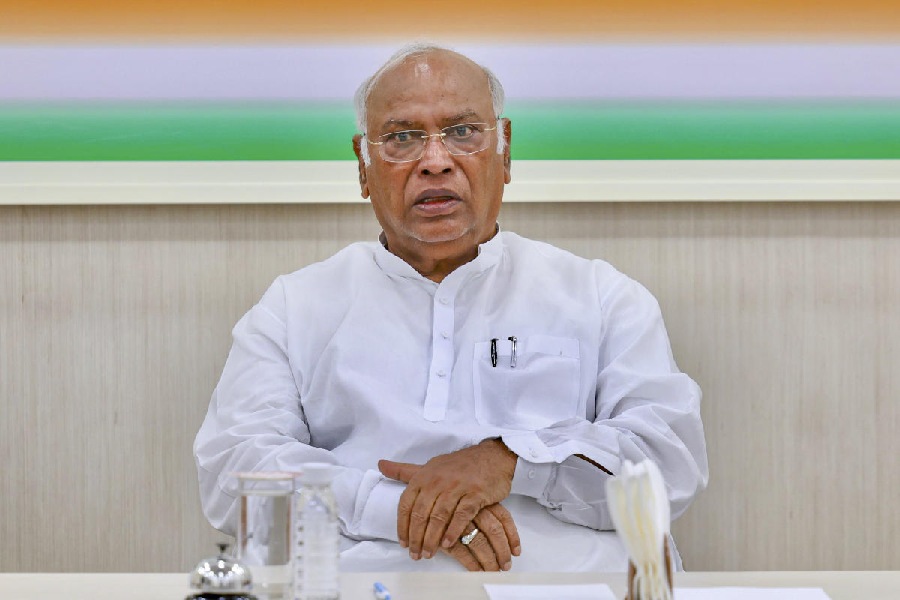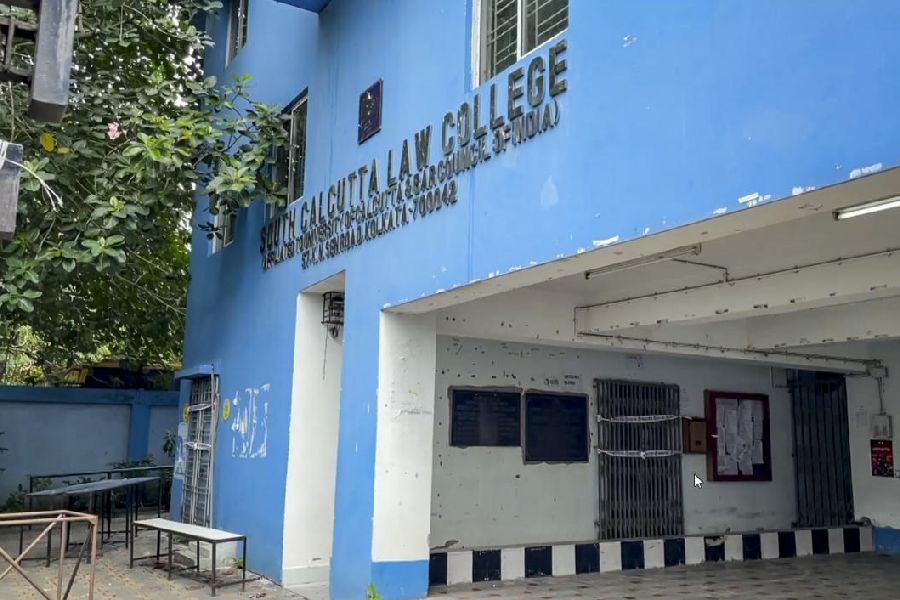 |
| FREE-BORN: According to the directive, birth certificates of children born to incarcerated mothers must not mention jail as their place of birth |
During a routine visit to prisons and police stations around the state last month, B.D. Sharma, inspector general of prisons (correctional services), West Bengal, stumbled upon a case at the Midnapore Central Jail, which, according to him, “dismayed” him considerably. In June 2005, a 28-year-old woman, Rina Pramanick, was arrested (by West Midnapore’s Sabang police station) in connection with the murder of a woman, allegedly her husband’s second wife, who lived in a shanty next door with Rina’s husband. While the man fled soon after the murder, Rina found herself saddled with the responsibility of her four young children ? three daughters and a son, aged between three and 10 years. She had no family or friends who were willing to look after them nor any money to make alternative living arrangements for them.
Eventually, when she was hauled off to jail, she had no option but to take all four of them along with her. Explains Sharma, “Though they are innocent, these children have been languishing in jail since then.”
While Sharma made arrangements for Rina to be released on bail and take all her children with her, he says that there are countless such cases where children of women prisoners are lodged in jails across the country. “These children,” says Sharma, “face the danger of becoming stigmatised for life. Staying in jails or correctional homes, as they are now called, may also inhibit their proper psychological development.” However, Sharma points out that “there is also the need for young children to be with their mothers, so we need to arrive at a solution as to how best to tackle the situation”.
Recognising the problem, the Supreme Court has last month issued a directive to the Centre and the states to ensure basic minimum rights to children of women prisoners. A three-judge Bench, headed by Chief Justice Y.K. Sabharwal, said that jails should ensure that children accompanying their mothers to jail are not treated as prisoners but as free individuals. Moreover, the court has ordered that the jail administration should ensure that pregnant undertrials or convicted women are provided alternatives to giving birth inside the jail. At the moment, says Sharma, there are no restrictions, as per the jail manuals, on this. “There are indeed instances where women have had children inside the jail,” he says. “Though doctors and nurses are available, prisoners should be able to have full access to proper medical attention, which only a hospital can provide.” The Supreme Court’s directive has sought an amendment of jail manuals to provide to women extra facilities, which includes them being shifted to hospitals with proper facilities. The directive also states that birth certificates of children born to incarcerated mothers must not mention jail as their place of birth.
Hailing the court’s directive, children’s rights groups point out that this comes at a time when attempts are being made to seek legal redress for children’s rights problems. For instance, a spokesperson for Child Rights and You (CRY), says that recently a bill has been drafted and presented to the West Bengal Standing Committee on Social Welfare for a Special Adoption Act. Furthermore, another draft of a Bill for the new Offences Against Children’s Act, 2006 has been drawn up to counter various forms of child abuse. “A law dealing with the problems of children of women prisoners would take things a step further in the right direction,” says the spokesperson.
Few deny the need for a rethink on existing rules. That the existing jail manuals are “from the time of the British and do not necessarily address concerns such as the treatment of children of women prisoners” is, according to a jail official at Calcutta’s Presidency Jail, a cause for concern.
Sharma too is looking forward to the changes that the court’s directive ought to bring, if properly implemented. “While we have not yet received the formal order, we have an intimation of the directive,” confirms Sharma. “And I think it is a much needed set of rules. It will add to the already existing West Bengal Correctional Services Act, 1992, which lays out the rules on various aspects of dealing with prisoners, including the provisions on hygiene, sanitary arrangements, medical care, recreational facilities and remission, release and parole of prisoners,” he adds. The Act also makes provisions for educational facilities for prisoners, points out Sharma, who has supervised the inauguration of a school on April 14 for prisoners’ children.
Says Sharma, “In my opinion, 99 per cent of prisoners, especially women, are not hardened criminals ? they have committed crimes in a fit of rage or in the heat of the moment. There are many women booked for murder, for instance, who are essentially victims of domestic violence themselves, who may have killed someone as a measure of retaliation. Then there are many undertrials who have not even been convicted. It is their basic right to be treated with kindness, not to mention their children, who are completely innocent. I believe the Supreme Court’s directive is here to enforce this.”










